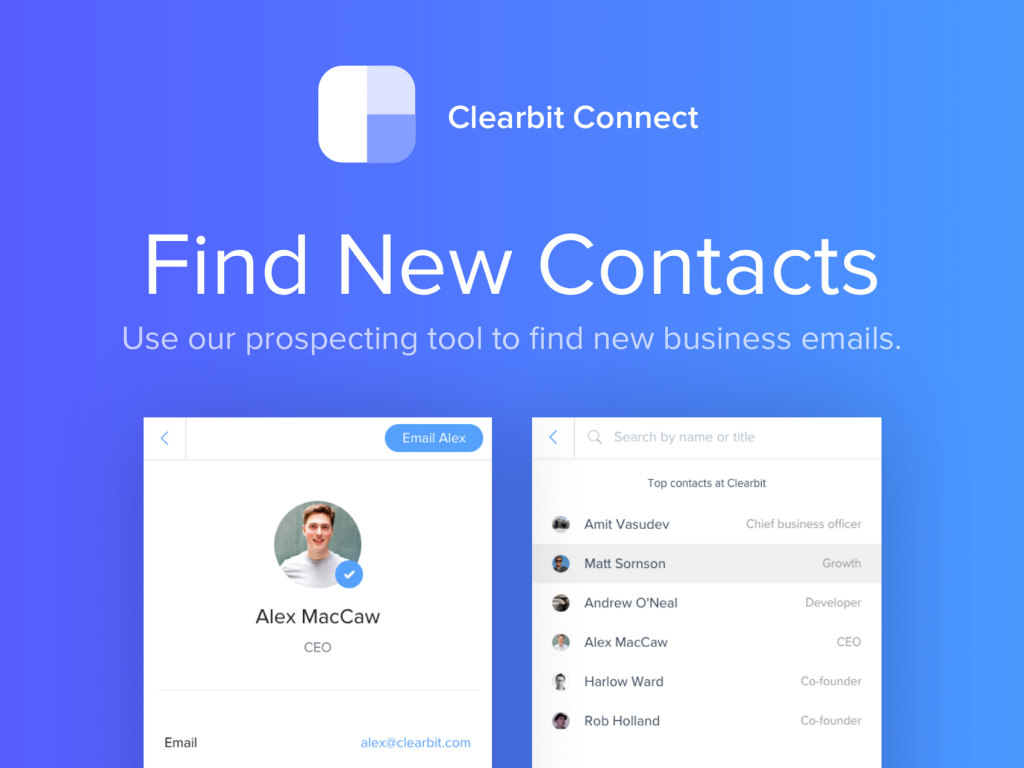When you look across the API sector, studying the approach of thousands of different providers, you really begin to get a feel for evolutionary gears at work. Each real-time API provider and their API platform is moving forward at their own pace and, we are collectively moving forward towards a common destination on the horizon. At this particular moment in time, that destination on the horizon is an event-driven way of doing business. Where we respond to events that occur across the numerous data points we track on, trying to understand what has changed, and what truly matters in our hectic, information-saturated worlds can be challenging.
As we profile API providers for our API gallery, we are always keeping an eye out for interesting examples of API providers doing the hard work of moving their operations forward. We’ve talked about this before with leading-edge API providers like Stripe, Paypal, and Twilio, and that Webhooks being the signal to look for when trying to understand which platforms are moving from a request/response way of doing business to a more event-driven approach. Another provider who is pushing the event-driven conversation forward is the business intelligence API platform provider, Clearbit, who has been not just investing in their Webhook infrastructure but also started the conversation about delivering events that occur via HTTP streams.
Clearbit provides an example of an API platform pattern that other providers should be paying attention to. Their evolution reflects what is happening across API providers delivering valuable resources to many different industries. This type of evolution doesn’t occur if you aren’t already on your API journey. You don’t begin to see the meaningful events if you don’t have the API resources being put to work in real-world applications. Clearbit’s event-driven architecture isn’t as far along as other API providers we’ve been profiling, but they provide an example of how this plays out on the ground, in the real world. It is something we’ll keep showcasing as we come across, and tuning into to better understand how the ground is shifting across the API landscape.
